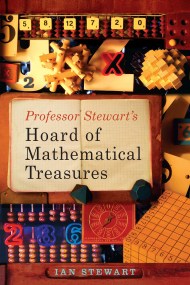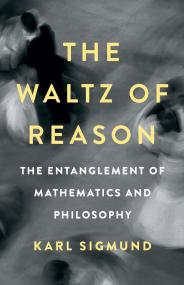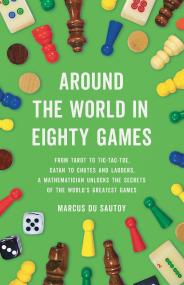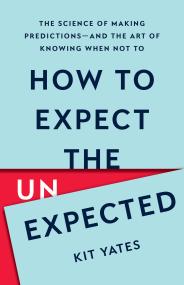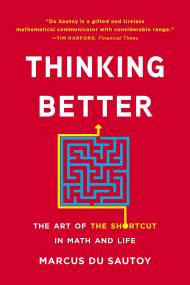Promotion
Use code MOM24 for 20% off site wide + free shipping over $45
Professor Stewart's Cabinet of Mathematical Curiosities
Contributors
By Ian Stewart
Formats and Prices
Price
$21.99Price
$28.99 CADFormat
Format:
- Trade Paperback $21.99 $28.99 CAD
- ebook $11.99 $15.99 CAD
This item is a preorder. Your payment method will be charged immediately, and the product is expected to ship on or around January 6, 2009. This date is subject to change due to shipping delays beyond our control.
Also available from:
Inside, you will find hidden gems of logic, geometry, and probability-like how to extract a cherry from a cocktail glass (harder than you think), a pop-up dodecahedron, and the real reason why you can’t divide anything by zero. Scattered among these are keys to Fermat’s last theorem, the Poincaréonjecture, chaos theory, and the P=NP problem (you’ll win a million dollars if you solve it). You never know what enigmas you’ll find in the Stewart cabinet, but they’re sure to be clever, mind-expanding, and delightfully fun.
Genre:
-
"[Armchair mathematicians] are certain to find pleasure in this cornucopia of puzzles, brainteasers, and digressions.... The ideal book for dispelling the supposed drudgery of mathematics with its real magic."Booklist
-
"Stewart has a genius for explanation that allows details of the Poincaré conjecture and Riemann hypothesis to sit happily alongside a quip about a chicken crossing a Möbius strip.... Mathematics doesn't come more entertaining than this."New Scientist
-
"The exciting side of math--puzzles, games and thrilling oddities."Chicago Tribune
-
"What positive integer is equal to its own Scrabble score when spelled out in full? Stewart...offers this and a hodgepodge of other puzzles, paradoxes, brainteasers, tricks, facts and jokes, which he accurately calls 'curiosities.'."Science News
-
"Open one of the 179 'drawers' in Professor Stewart's cabinet, and you might find just a one-liner...or a seven-page essay on Fermat's last theorem.... The book can be devoured in one giant gulp or savored, one curiosity at a time."IEEE Spectrum
- On Sale
- Jan 6, 2009
- Page Count
- 320 pages
- Publisher
- Basic Books
- ISBN-13
- 9780465013029
Newsletter Signup
By clicking ‘Sign Up,’ I acknowledge that I have read and agree to Hachette Book Group’s Privacy Policy and Terms of Use


